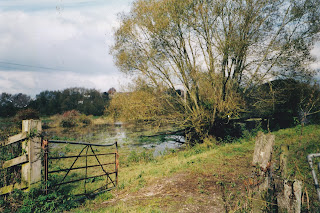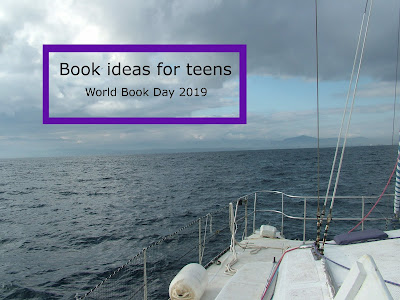Blogtober 4 - World animal day
A handful of sea animals for world animal day
Canada geese are migratory birds flying as a flock in a distinctive V formation. They are large and sociable birds but can be aggressive and like to beg for food. Can be found near to fresh and salty water They are also very noisy with an easily recognised honk.
Goose barnacles attach themselves firmly to floating objects far out at sea. They are sometimes found washed ashore particularly after storms. They are filter feeders related to crabs and lobsters. Folklore has it that their name comes from the belief that barnacle geese hatched from the shells which resemble the gooses head and beak in colour and pattern.
A group of dolphins is known as a school or pod. Communicating through clicks and whistles they can travel up to 18 miles an hour for short bursts and are known for their acrobatic displays. There is a marine code of conduct in place to protect wales, dolphins and seals from pressures on their environment (which was being followed when this photo was taken).
Gulls are part of a large family with six species common in the UK. They are found at the coast and inland and are colloquially known as seagulls despite rarely being found out at sea.
Jellyfish are found all over the world and are much tougher than they look. Having been around for at least 500 million years they are the oldest multi-organ animal group and have a complex life cycle.
World animal day 4th October - making the world a better place for all animals through education, awareness, celebration and recognition of all creatures and their welfare needs.










Comments
Post a Comment